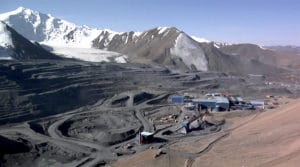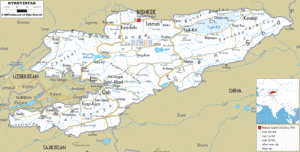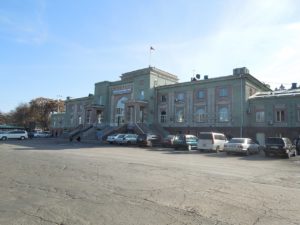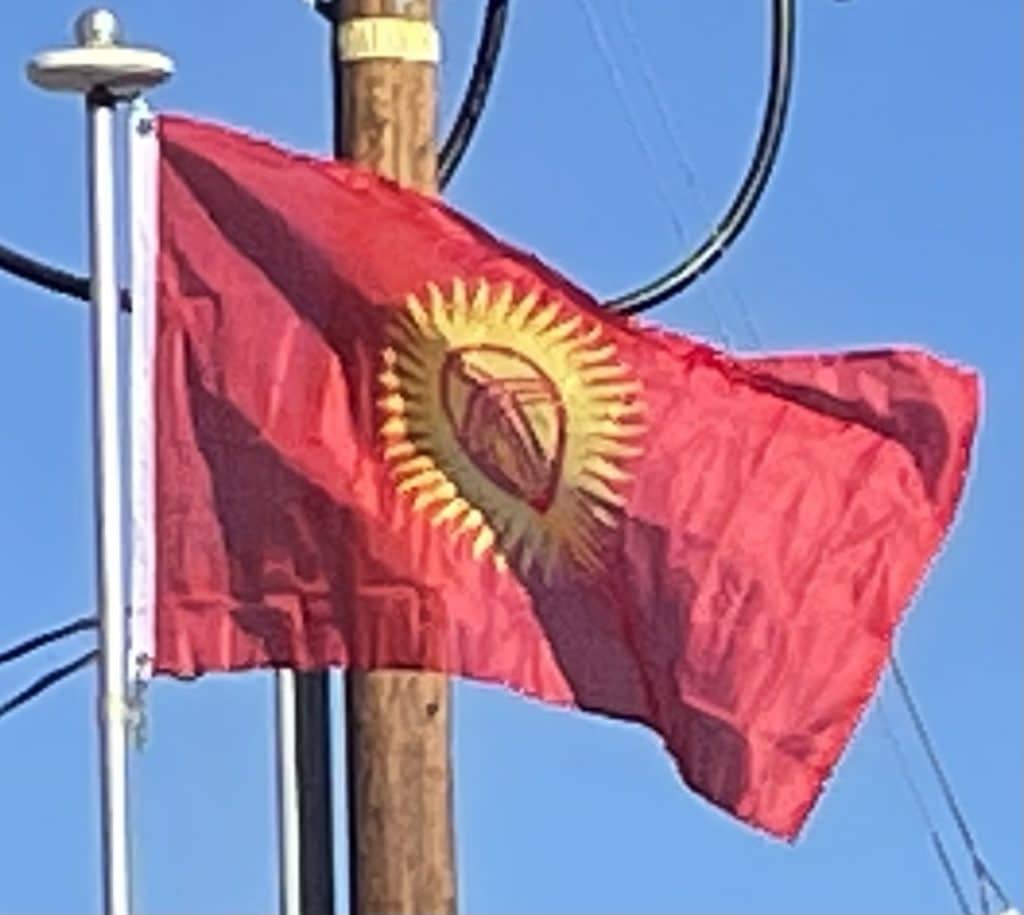Kyrgyzstan is rich in mineral resources but has negligible petroleum and natural gas reserves; it imports petroleum and gas. Among its mineral reserves are substantial deposits of coal, gold, uranium, antimony, and other valuable metals. Metallurgy is an important industry, and the government hopes to attract foreign investment in this field. The government has actively encouraged foreign involvement in extracting and processing gold from the Kumtor Gold Mine and other regions. The country’s plentiful water resources and mountainous terrain enable it to produce and export large quantities of hydroelectric energy.

The principal exports are nonferrous metals and minerals, woolen goods and other agricultural products, electric energy and certain engineering goods. Imports include petroleum and natural gas, ferrous metals, chemicals, most machinery, wood and paper products, some foods and some construction materials. Its leading trade partners include Germany, Russia, China, Kazakhstan, and Uzbekistan. After Beijing launched the Belt and Road Initiative (BRI) in 2013, China has expanded its economic presence and initiated a number of sizable infrastructure projects in Kyrgyzstan.
Transportation:
Transport in Kyrgyzstan is severely constrained by the country’s alpine topography. Roads have to snake up steep valleys, cross passes of 3,000 m (9,843 ft) altitude and more, and are subject to frequent mud slides and snow avalanches. Winter travel is close to impossible in many of the more remote and high-altitude regions. Additional problems are because many roads and railway lines built during the Soviet period are today intersected by international boundaries, requiring time-consuming border formalities to cross where they are not completely closed. The horse is still a much used transport option, especially in rural and inaccessible areas, as it does not depend on imported fuel.

The Kyrgyz Railway is currently responsible for railway development and maintenance in the country. The Chuy Valley in the north and the Fergana Valley in the south were endpoints of the Soviet Union’s rail system in Central Asia. Following the emergence of independent post-Soviet states, the rail lines which were built without regard for administrative boundaries have been cut by borders, and traffic is therefore severely curtailed. The small bits of rail lines within Kyrgyzstan, about 370 km of 1,520 mm (4 ft 11 27⁄32 in) broad gauge in total, have little economic value in the absence of the former bulk traffic over long distances to and from such centers as Tashkent, Almaty and the cities of Russia.

There are vague plans about extending rail lines from Balykchy in the north and/or from Osh in the south into the People’s Republic of China, but the cost of construction would be enormous.
With support from the Asian Development Bank, a major road linking the north and southwest from Bishkek to Osh has recently been completed. This considerably eases communication between the two major population centers of the country—the Chuy Valley in the north and the Fergana Valley in the South. An offshoot of this road branches off across a 3,500 meter pass into the Talas Valley in the northwest. Plans are now being formulated to build a major road from Osh into the People’s Republic of China.
